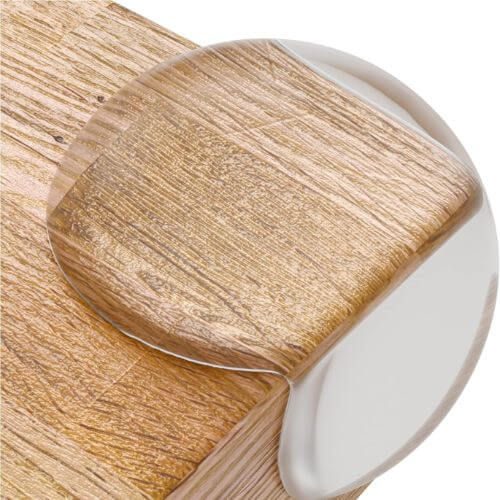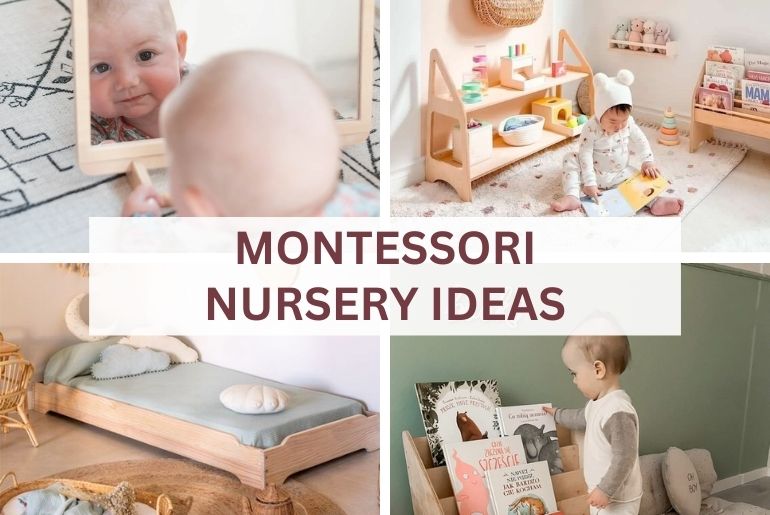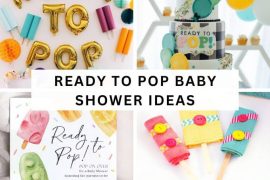Disclaimer: There are affiliate links in this post. At no cost to you, I get commissions for purchases made through these links.
As someone obsessed with hunting down cute nursery inspiration during my second trimester, I want to save you guys the endless pinning by sharing the best Montessori-style ideas and tips.
When designing my own little one’s space, I stumbled upon this enriching Montessori educational approach that actually shaped the entire aesthetic and layout for optimal toddler development from the get-go!
I knew I wanted a peaceful yet engaging nursery, but the Montessori method takes purposeful design up another notch by aligning the whole environment to baby’s abilities and evolving interests. After reading up on the principles, I was hooked.
So fellow mamas, follow along for my best insights on creating a practical, minimalist nursery that leaves room for play, discovery, and – when baby is down to sleep – your own beautiful zen!

What is a Montessori Nursery?
As an expectant mom, I wanted to create a soothing yet engaging environment for my little one.
That’s when I discovered the Montessori method – an educational approach centered around respecting a child’s natural development.
The core Montessori principles applied to nursery design are:
- Respects child’s natural development: Allows baby to learn at their own pace through self-directed play and exploration rather than formal instruction. The room setup facilitates this.
- Prepared environment for exploration: The nursery contains shelves, activity mats, and other elements specially chosen to spark curiosity and discovery in babies and young toddlers.
- Focus on independence and freedom within limits: Montessori nurseries allow more freedom of movement and toy access compared to traditional nurseries. However, the environment is thoroughly baby-proofed to avoid safety incidents.
There are some key differences from a conventional nursery:
| Montessori Nursery | Conventional Nursery |
|---|---|
| Low, open storage | Tall dressers |
| Just a few toys out at a time | Shelves crowded with toys |
| Floor bed | Crib |
| Child-sized furniture | Adult-sized furniture |
| Neutral décor | Bright colors/themes |
As you can see, the Montessori nursery aligns the environment to baby’s abilities and developmental stage. This allows them to explore independently and gain confidence in their emerging skills.

Designing a Montessori Nursery
1. Create a Visually Simple Space
You will want to paint the nursery walls a neutral color, like soft gray or light blue to achieve a peaceful aesthetic.
Consider light hardwood flooring as well, for a relaxed yet warm look.
Select natural wood furniture and cotton fabrics for lots of cozy textures without overstimulation.
Avoid clutter by starting with fewer decorative elements and adding them only sparingly over time.
The biggest tip is to assess the layout from the floor level. Get some old towels and have mom, dad, and grandparents lay down for 5 minutes looking around to ensure everything is visible and accessible.

2. Incorporate Elements for Exploration
Incorporate a few key zones of interest to promote discovery and development.

A small open bookcase or utility cart makes the perfect display area for 2-3 cloth or board books within reach.

Place a shatterproof mirror panel on the wall at the baby’s seated height for early self-recognition.

An interactive play gym on the floor with high-contrast patterns, textures and toys sparks visual focus and gross motor skills.

Cozy floor pillows create soft zones for solo play or reading.
As the baby grows, you’ll rotate in new toys on the shelves related to its current abilities and interests. This fosters active, hands-on learning.
3. Use Child-Sized, Multifunctional Furniture
Select furnishings sized for your toddler to empower independent use and movement.
A convertible floor bed frame with detachable rails provides both security and access.

Tables and shelving should also be lowered for easy play and display.

Pick fixtures that can adapt across ages – for example, a crib that converts to a youth table for future homeschooling or projects. The furniture will get years of use even as your child grows!
4. Organize Materials for Independent Use
The Montessori method encourages displaying just a handful of developmentally appropriate toys out at a time to avoid overwhelming the baby’s senses.

I love the idea of rotating toys based on skills and interests. It helps maintain novelty while allowing baby to fully focus on mastering one toy before moving to the next.

Plus, keeping things organized from early on really sets good habits!
5. Add an Open Closet
The Montessori approach encourages independence, even when picking out an outfit.
Rather than filling a tall dresser, consider adding an open closet space with lowered closet rods and shelves. This allows baby to clearly see clothing options and practice choosing their clothes.

Hang or fold just 2-3 complete baby outfits (top, bottom, socks) on the rod within reach.
Do the same with pajama sets and extra onesies on the lower shelves. Rotate options at the start of each season.
Install stops on the closet doors or replace doors with a tension curtain rod to prevent pinched fingers.
Giving baby the freedom to select their daily ensemble fosters independence and decision-making.
You can guide combinations but allow preferences. Having an organized, open closet space lets them take ownership of this process!
6. Ensure Safety
Thoroughly baby-proof the nursery space right away for peace of mind. Install wall anchor kits on dressers and shelving units per safety guidelines.

Consider padded wall liners and corner guards to cushion falls as the baby zooms around.

Use safety gates at entryways suited for each stage – crawling, cruising, and walking.
During awake times, I never leave my infant unattended, of course. But these precautions allow me to relax when he’s happily exploring solo, knowing we’ve addressed every hazard. Baby proofing gives such peace of mind.
Additional Tips and Montessori Nursery Ideas
When designing my son’s nursery, I got so much inspiration from real-life Montessori spaces! Here are some of my favorite tips and examples:
Pick a style
- Boho chic: Lots of natural wood, rattan accents, and greenery. Lovevery has a dreamy boho nursery on their Instagram.
- Neutral palette: Shades of cream, gray, and wood tones make a peaceful environment. Check out this light + neutral nursery with sweet prints.
- Rainbow rooms: Incorporate bright colors in small doses via wall art, toys, and books. It’s not overstimulating but playful!

Incorporate natural elements
- Live plants or flowers
- Rattan, wool, and wood materials
- Natural colored canvas prints
Display books creatively
- Open bookcases or utility carts
- Baskets or bins to corral
- Wooden dowel with fabric book hammocks
If you’re interested, I have more Montessori nursery photos saved to Pinterest here!






No matter your personal style, the Montessori approach helps design an engaging yet calming environment for your little one’s early development
Have fun making it your own!




